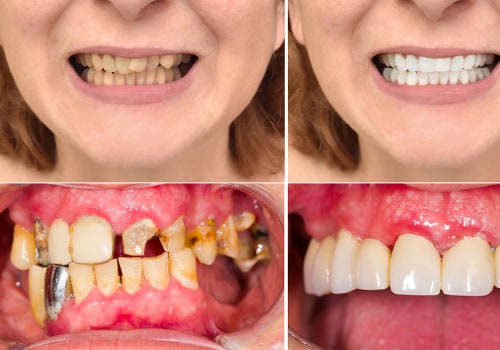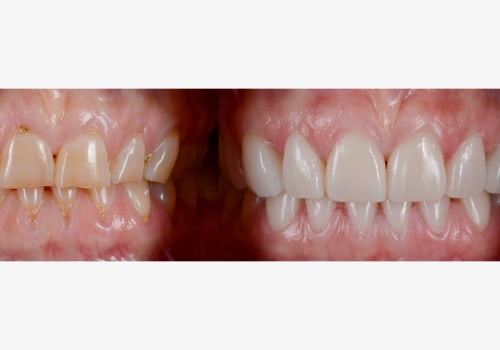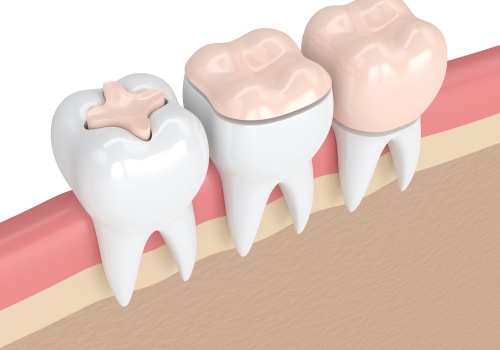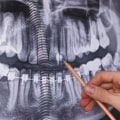Gum disease is a common dental problem that can cause significant damage to your teeth and gums if left untreated. It is important to diagnose gum disease early so that you can begin treatment and prevent further damage. Medical tests for gum disease can help to diagnose the condition and develop an effective treatment plan. From x-rays to periodontal pocket depths, there are several tests available to assess the health of your gums.
This article will discuss the different medical tests for gum disease, their purpose, and how they can help you maintain healthy teeth and gums.
The first step in diagnosing gum disease
is a thorough physical exam of the mouth. The dentist or doctor will examine the gums, teeth, and surrounding tissue for signs of infection or inflammation. Depending on the severity of the symptoms, additional tests may be recommended. These include X-rays to look for signs of bone loss, and cultures to identify bacteria or fungi that may be causing infection.In some cases, a biopsy of the tissue may be taken to confirm a diagnosis. This involves removing a small sample of tissue from the gum and examining it under a microscope. If the biopsy shows that the tissue is inflamed, it can help confirm a diagnosis of gum disease. Once a diagnosis of gum disease has been confirmed, treatment options can be discussed.
Treatment will depend on the severity of the condition and may include antibiotics to fight bacteria, antifungal medications to treat fungal infections, and surgery to remove damaged tissue. In severe cases, bone grafting may be necessary to replace lost bone. In addition to medical treatments, there are also lifestyle changes that can help reduce the risk of gum disease. These include quitting smoking, reducing sugar intake, brushing twice daily, flossing daily, and using an antibacterial mouthwash.
Regular visits to the dentist can also help detect any changes in the health of the gums before they become serious.
Treatment Options
When it comes to treating gum disease, the primary goal is to reduce inflammation and eliminate bacteria that is causing the infection. Depending on the severity of the condition, treatment options may include professional cleaning and oral hygiene instruction, antibiotics, or even surgery. Professional Cleaning: This method of treatment involves a deep cleaning of the gums to remove plaque and tartar buildup. The dentist or hygienist may also need to use special instruments to remove bacteria below the gumline.The patient may also need to have their teeth scaled and root planed. Antibiotics: If the gum disease is caused by bacteria, antibiotics may be prescribed to kill the bacteria and reduce inflammation. Antibiotics may be taken orally or applied directly to the gums. Surgery: In some cases, surgery may be necessary to treat gum disease.
Procedures such as flap surgery and bone grafting can help reduce inflammation and infection, as well as restore lost tissue. No matter what treatment option is chosen for gum disease, proper oral hygiene is essential for long-term success. Regular brushing and flossing are important for preventing plaque buildup and reducing inflammation.
Medical Tests for Gum Disease
Gum disease is a common condition that can cause discomfort and pain in the mouth.To properly diagnose and treat gum disease, medical tests are needed. In this section, we'll explore the different tests used to diagnose gum disease.
Physical Examination
The first step in diagnosing gum disease is a physical examination of the mouth. During the examination, your dentist or doctor will look for signs of infection, swelling, and bleeding.They may also take x-rays of the area to look for signs of bone loss.
Periodontal Probing
Periodontal probing is another diagnostic test used to detect gum disease. During this test, a small metal tool is used to measure the depth of pockets around your teeth. The deeper the pocket, the more severe the gum disease.Gingival Flap SurgeryGingival flap surgery is a more invasive diagnostic test that is used to diagnose advanced stages of gum disease. During the procedure, your dentist will make a small incision in your gum line and lift up the gum tissue to examine the underlying bone and tissue.
Salivary Tests
Salivary tests are also used to diagnose gum disease. During this test, a sample of saliva is taken and analyzed for signs of infection or inflammation.These tests can also be used to identify bacteria that may be causing the infection. Gum disease is a serious condition that can cause pain and discomfort if left untreated. Fortunately, it can be managed with early diagnosis and treatment. Medical tests can help identify gum disease and provide the necessary information to determine the appropriate treatment. Additionally, making lifestyle changes such as brushing and flossing regularly, quitting smoking, and eating a balanced diet can help reduce the risk of developing gum disease and keep your mouth healthy.






